
Fusizest Cream
Manufacturer
Innovative Pharmaceuticals
Salt Composition
Fusidic Acid (2% w/w)
Key Information
Short Description
Fusizest Cream is an antibiotic used to treat bacterial skin infections such as impetigo and infected dermatitis.
Dosage Form
Cream
Introduction
Fusizest Cream should be used in the dose and duration as prescribed by your doctor. This medicine is for external use only and should be used regularly to get the most benefit from it. Don’t use more than you need as it won’t clear your condition faster and some side effects may be increased. The affected area should be clean and dry before medicine application. You must wash your hands thoroughly before and after applying this medicine.
Directions for Use
This medicine is for external use only. Use it in the dose and duration as advised by your doctor. Check the label for directions before use. Clean and dry the affected area and apply the cream. Wash your hands after applying unless hands are the affected area.
Safety Information
Side Effects
No common side effects listed
Alcohol Warning
No interaction found/established
Breastfeeding Warning
Fusizest Cream is probably safe to use during breastfeeding. Limited human data suggests that the drug does not represent any significant risk to the baby.
Pregnancy Warning
Fusizest Cream is generally considered safe to use during pregnancy. Animal studies have shown low or no adverse effects to the developing baby; however, there are limited human studies.
How it works
Fusizest Cream is an antibiotic. It works against bacteria that cause skin infections by preventing the synthesis of essential proteins necessary for the survival of bacteria. Thus it prevents the skin infection from spreading.
Quick Tips
Fusizest Cream treats bacterial skin infections such as impetigo and infected dermatitis. Don't use it for more often or for longer than advised by your doctor. Apply it gently to the infected area of skin three to four times a day. Avoid contact with your eyes, nose or mouth. Rinse off with water if you accidentally get the cream in these areas. Don't cover the area being treated with airtight dressings such as bandages unless directed by a doctor as this may increase the risk of side effects. Inform your doctor if your infection becomes worse during treatment or if it comes back after you have stopped treatment with Fusizest Cream.
Related Medicines
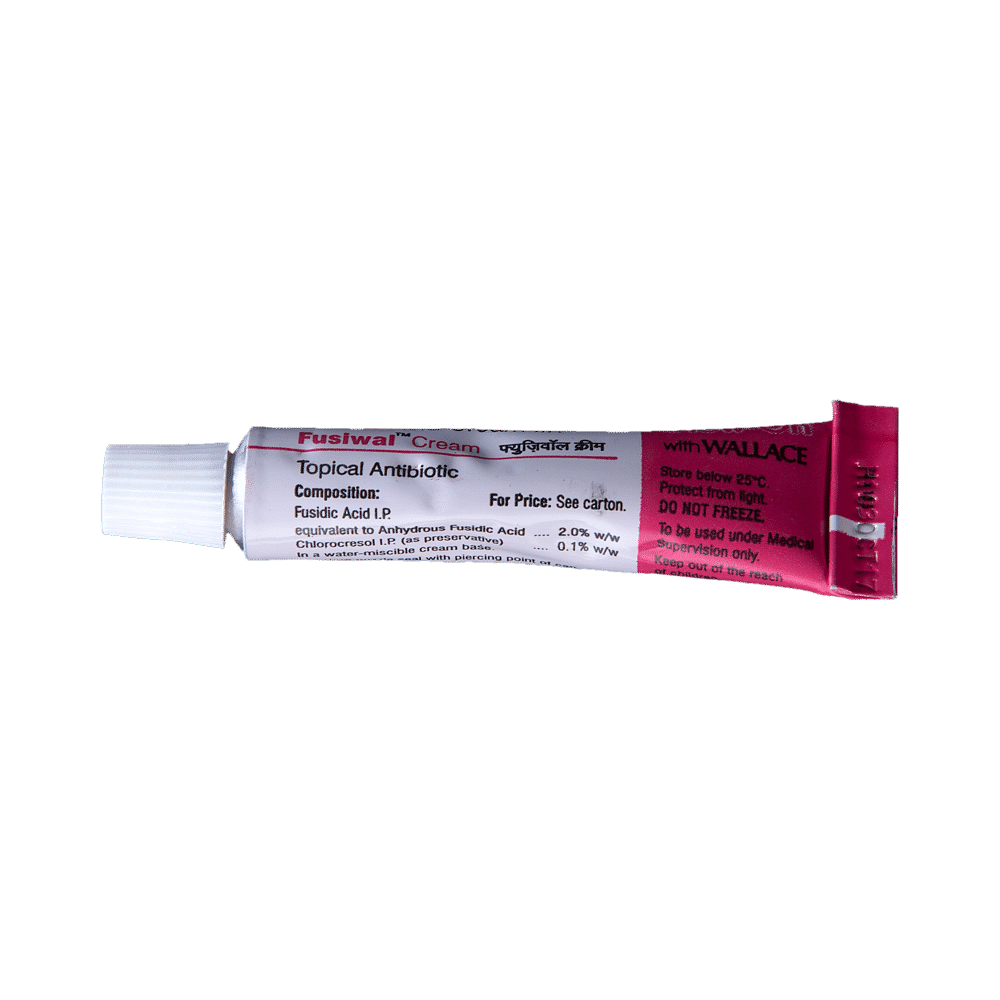
Fusiwal Cream
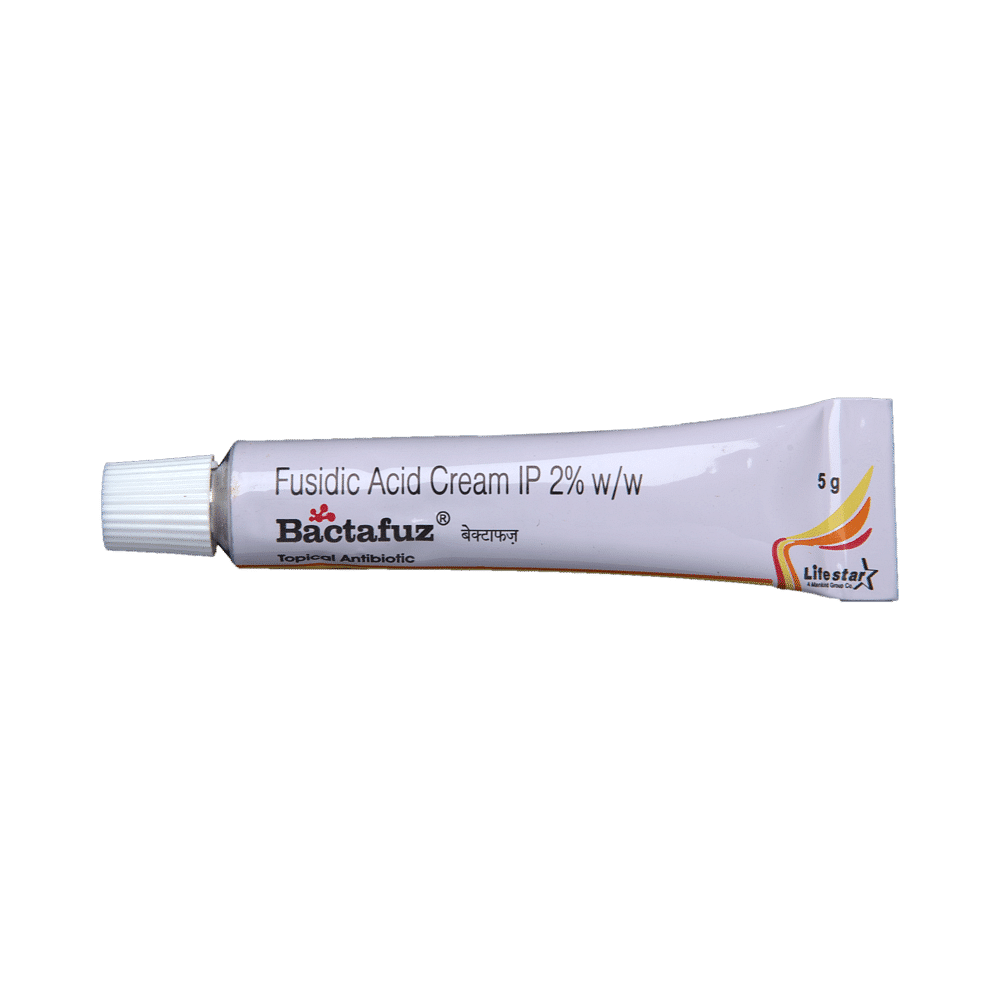
Bactafuz Cream

Fusiderm Cream

Fusibest Cream

Fusiwal Cream
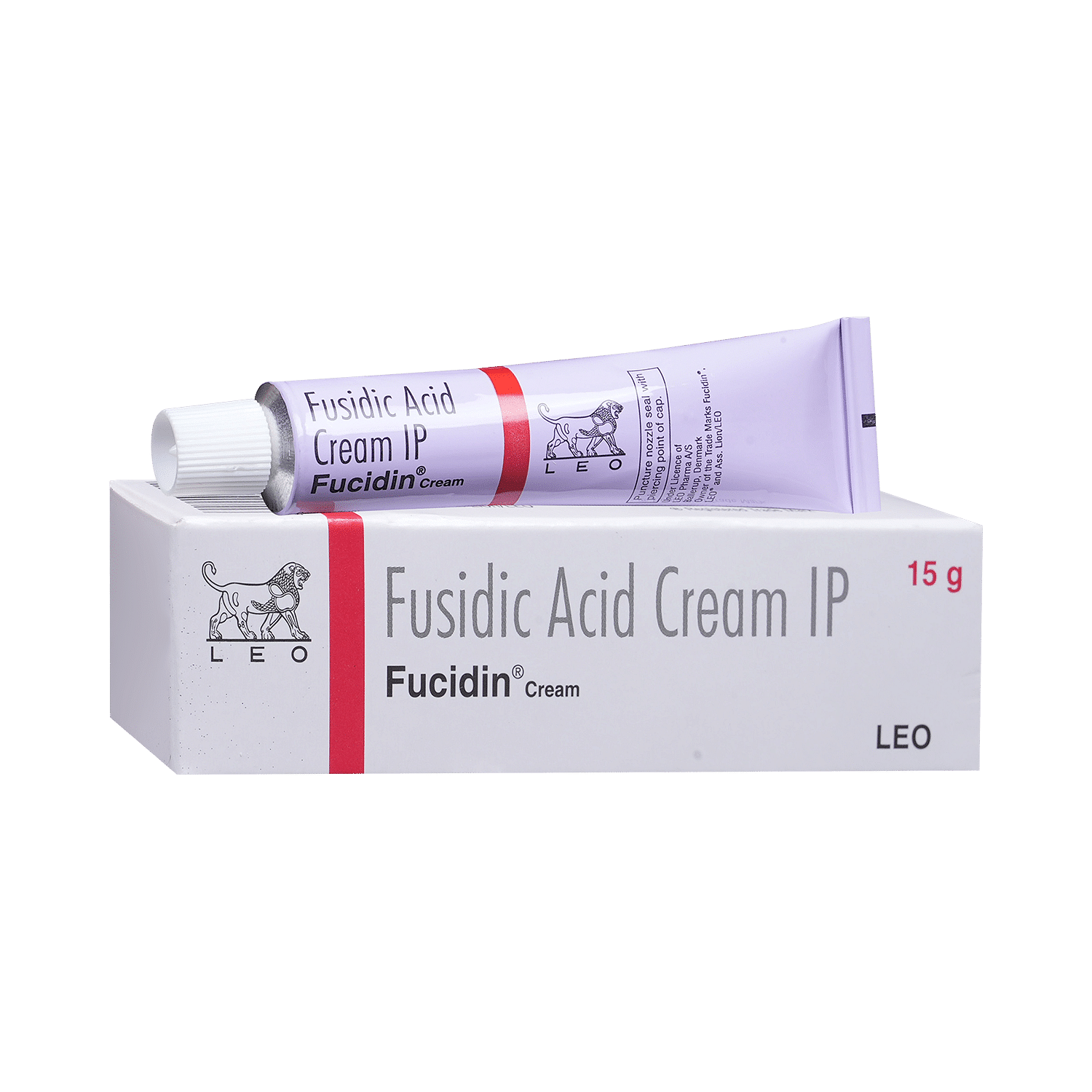
Fucidin Cream
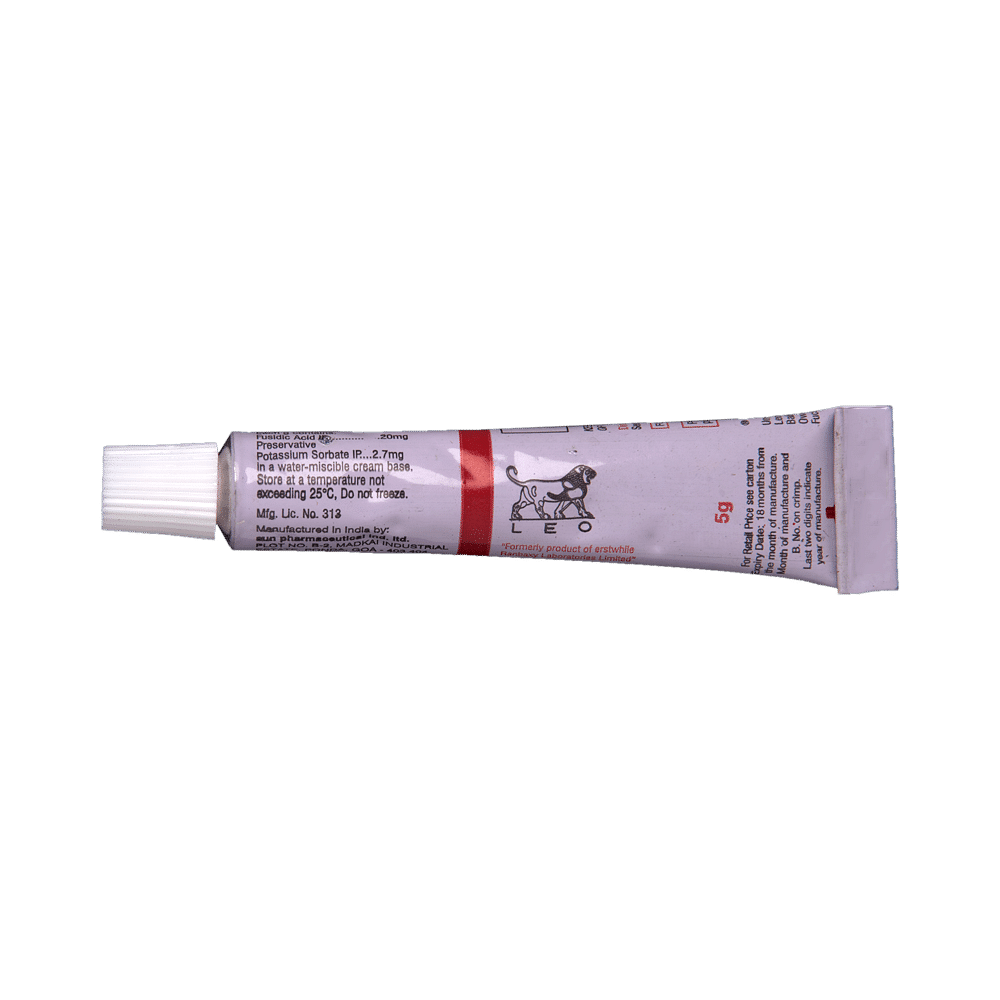
Fucidin Cream
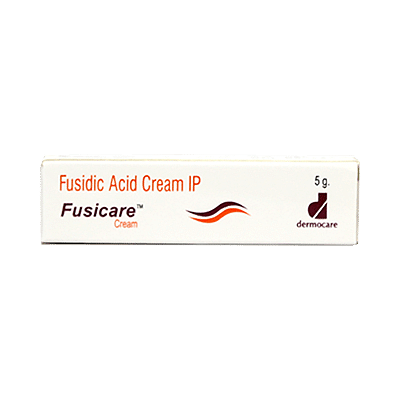
Fusicare Cream

Fusimin 2% Cream

Blueface 2% Cream
Frequently asked questions
Is Fusizest Cream an antifungal, steroid, or antibiotic?
Fusizest Cream is an antibiotic that is effective against bacteria. It is not an antifungal or a steroid. It is used to treat bacterial infections of the skin, such as impetigo, infected cuts and grazes, and infected dermatitis.
How long should I use Fusizest Cream?
Use Fusizest Cream for the time advised by your doctor. The treatment with Fusizest Cream usually lasts for 1-2 weeks, although it may be longer in some cases.
What precautions should I take while applying Fusizest Cream?
Fusizest Cream should only be applied to the skin. Always wash your hands before applying the medicine. Unless you are using the cream to treat your hands, wash your hands after using Fusizest Cream. Do not insert it into your body or swallow it. If it accidentally enters your eyes, wash your eyes thoroughly with water. If irritation persists, contact your doctor immediately.
What is drug resistance, and does it mean that even Fusizest Cream may turn ineffective?
Drug resistance occurs when bacteria in your body modify and the medicine stops working. Extended or recurrent use of medicine may increase the risk of developing resistance to that medicine. Your body may develop resistance to Fusizest Cream too. To prevent drug resistance, use Fusizest Cream in the right amount and for the duration recommended by your doctor.
What should prompt me to stop using Fusizest Cream?
If you develop a severe allergic reaction after using Fusizest Cream, wash the area thoroughly and do not use the medicine again. Symptoms of an allergic reaction include a severe rash, difficulty in breathing, stinging or burning in the eye that does not go away, and swelling of the face (especially around the eyes or eyelids). Seek immediate medical support from your doctor or go to a nearby hospital.


